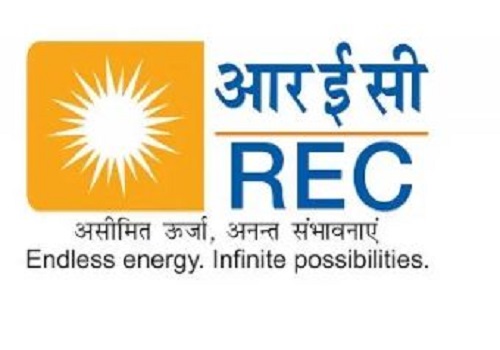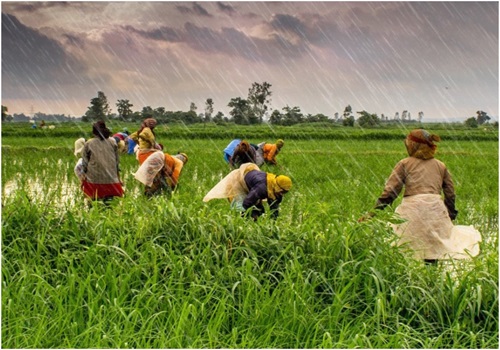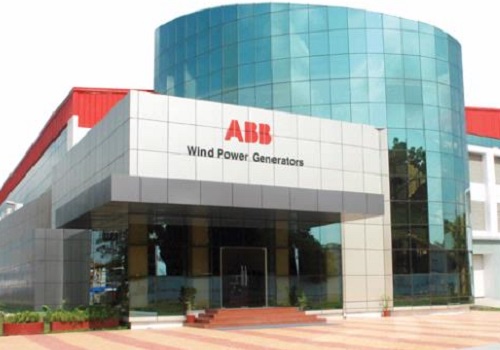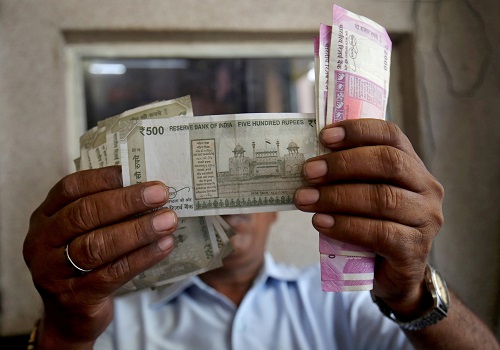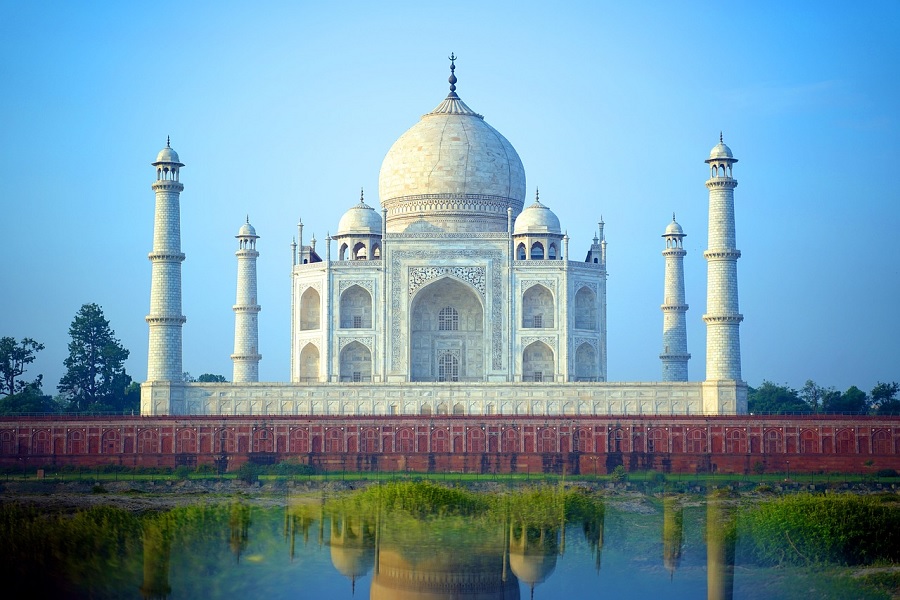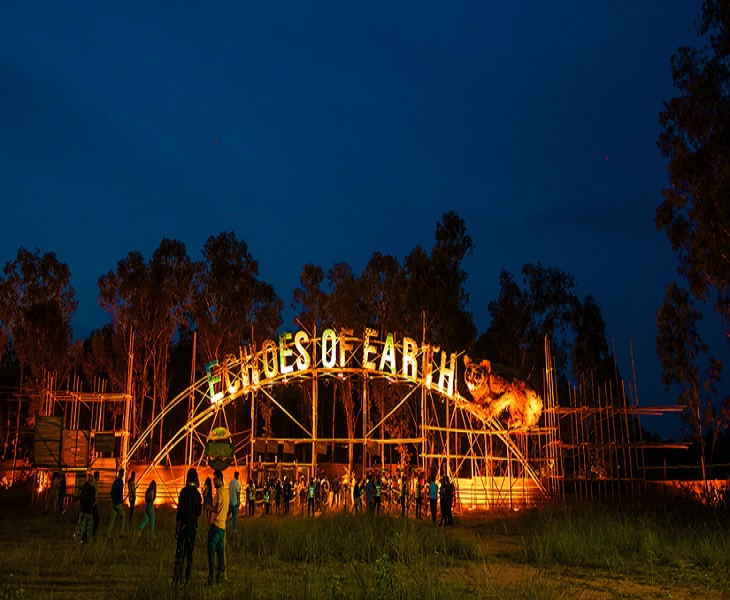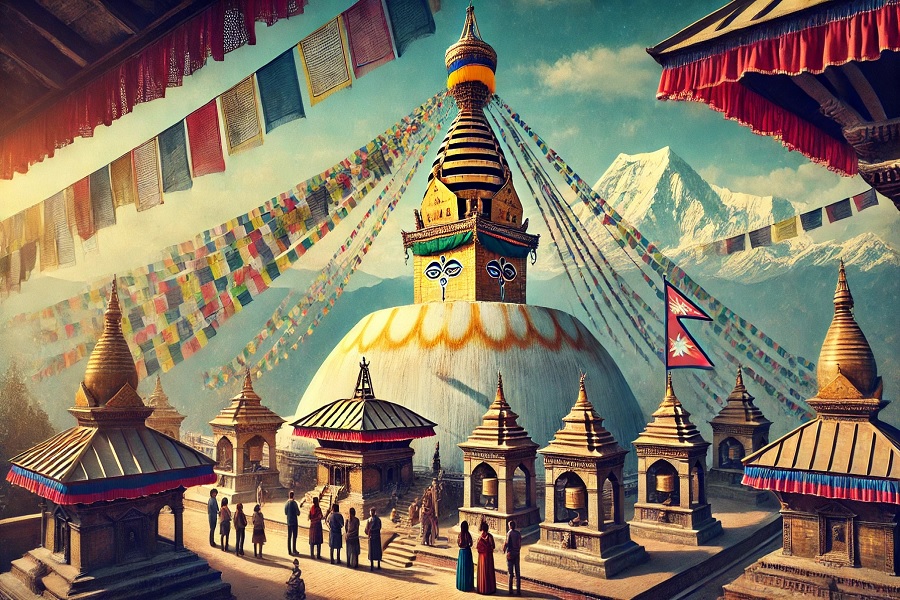Your guide to geo-tourism in India

With diverse physical attributes, rich cultural heritage and ancient history, India is an adventure lover’s paradise. Of late, there has been significant initiative in promoting tourism even in the remotest corners of the country.
The Indian subcontinent exhibits imprints of varied geological processes through the ages and is a storehouse of interesting geological features. Geological Survey of India has already enlisted some of those locales as National Geological Monuments.
It is imperative that the Tourist Map of India should be enriched by the inclusion of these geological monuments and alike, so that visitors, both domestic and international. can gain an insight in to the past – the formation of the subcontinent, the orogeny, the palaeoenvironment and the exotic collection of paleo – flora and fauna.
Geological Survey of India has undertaken the responsibility of protection and promotion of such features and has declared 34 such sites, located in different parts of the country, as National Geological Monuments.esponsibility of protection and promotion of such features and has declared 34 such sites, located in different parts of the country, as National Geological Monuments.
A glance at a fre:
Fossil Wood Parks
Akal Fossil Wood Park, Jaisalmer
Akal Fossil Wood Park, Jaisalmer District is a wonder for the tourists who know that Jaisalmer as a part of the great Thar desert. The petrified wood carries signature of the luxuriant forests in a warm and humid climate, bordering the sea some 180 m.y. ago. The 21-hectare Fossil Park contains about a dozen fossil wood logs lying horizontal in random orientation. The fossils are of petrophyllum, ptyllophyllum, equisetitis species and dicotyledonous wood and gastropod shells of Lower Jurassic period.
Siwalik Fossil Park
Saketi, Sirmur District, Himachal Pradesh
Siwalik Fossil Park, Saketi, Sirmur District, Himachal Pradesh contains rich collection of 2.5 million years old vertebrate fossils from Siwaliks. It covers an area of about 1.5 sq. km at Saketi, in the Markanda valley of Sirmur district, H.P. and was built to check indiscriminate destruction of fossil bones. Some of these fossils are in possession of the British Museum, London, American Museum of Natural History, New York, Indian Museum, Calcutta and elsewhere. The park displays life-size fiberglass models of six of the prehistoric animals that lived in the area 1 to 1.5 million year ago. The animals exhibit are giant land tortoise, gharial, four horned giraffe, sabre-toothed tiger, large tusked elephant and hipopolamid. A large and rare collection of vertebrate fossils recovered from Siwalik hills in Saketi and adjacent areas has been displayed in a field museum in the park.
Rock Monuments
Peninsular Gneiss National Monument at Lalbagh, Bengaluru
Lalbagh is one of the most celebrated botanical gardens in the city of Bengaluru. One of the four Towers to restrict the city limits was erected by Magadi Kempgowada on Lalbagh hills. The monument is located in the southern part of Bangalore the capital city of Karnataka state, India and is easily approachable by road. Gneisses and related granitoids constitute one of the most abundant rocktypes exposed on earth. The Lalbagh hill is composed of dark biolite gneiss of granitic to granodioritic composition containing streaks of biolite. Vestiges of older rocks are seen in the form of enclaves within the gneiss. The quarries of Lalbagh are of great importance for researches on earth sciences towards evolution of the terrain.
Columnar Basaltic Lava, Coconut Island (St. Mary’s Islands)
Peninsular Gneiss at Lalbagh in Bangalore
Udupi District, Karnataka
The site displays majestic array of multi-faced columns developed in the basalts of Deccan Trap. These marvellous structures, called Columnar Joints in geological parlance are nature’s exquisite handiwork. The geometrical form of the rock mosaic resembles the work of an expert sculptor. The Deccan Trap, evolved due to vast outpouring of hot molten basaltic lava in the western part of India during Cretaceous’ Eocene time (about 60 million years ago) now present as flat topped hills and step like terraces.
(With inputs from Geological Survey of India)
